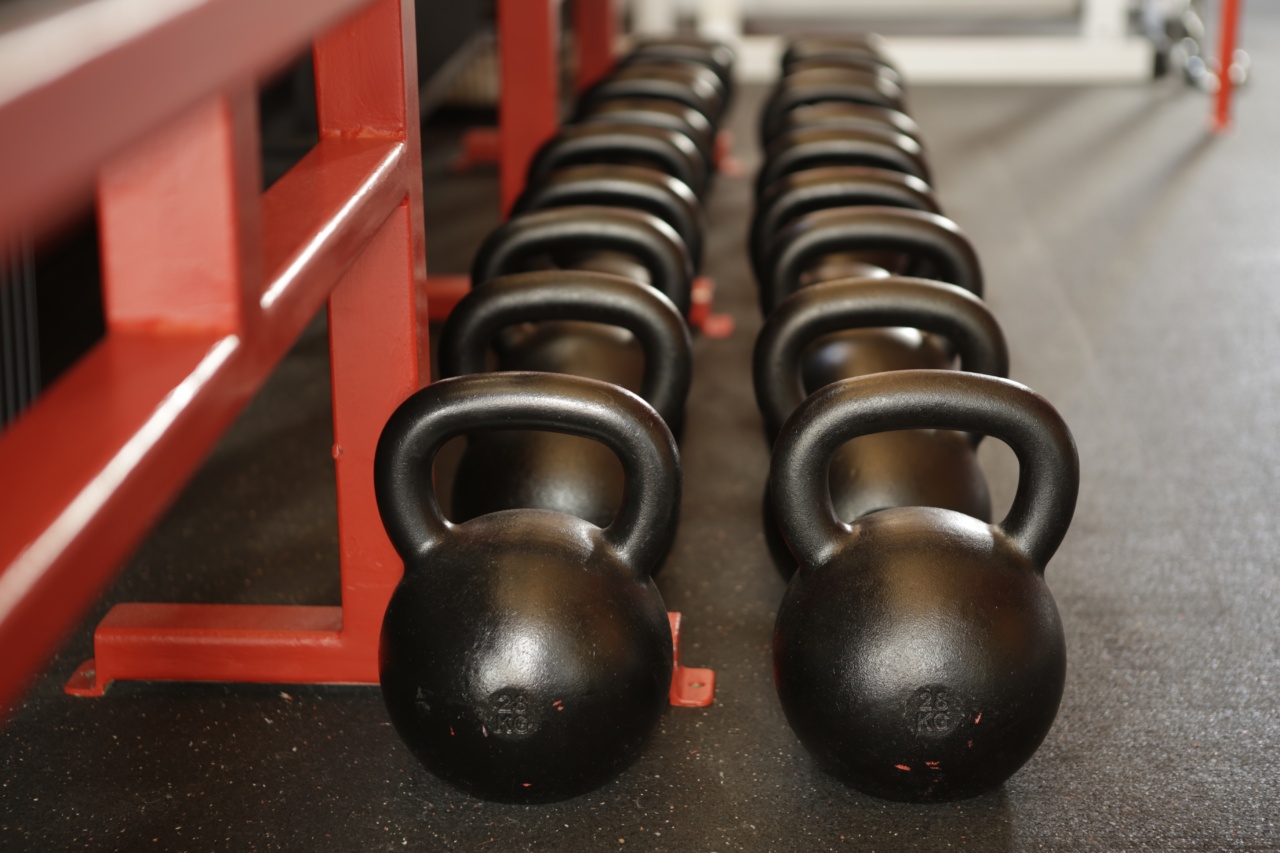In the 1960s, there was a growing concern about the relationship between iron intake and cardiovascular health.
The theory was that high levels of iron in the blood could lead to the development of atherosclerosis, a condition where the blood vessels become narrowed and blocked by plaque buildup. This article explores the research conducted in the 1960s on iron intake and cardiovascular health.
Iron Intake and Atherosclerosis
The theory that high levels of iron in the blood could lead to the development of atherosclerosis was based on several studies in the 1960s. One of these studies, conducted by Dr.
Jerome Sullivan, found that people with atherosclerosis had higher levels of iron in their blood compared to those without the condition. Sullivan hypothesized that the iron was contributing to the development of plaque in the blood vessels.
The Iron-Heart Hypothesis
The theory that iron intake could contribute to the development of cardiovascular disease became known as the “iron-heart hypothesis.” This hypothesis suggested that excess iron in the body could contribute to the buildup of plaque in the blood vessels, leading to the development of atherosclerosis and other cardiovascular conditions.
The Role of Diet in Iron Intake
One of the main ways that people get iron is through their diet. Foods that are high in iron include red meat, poultry, fish, and leafy green vegetables. In the 1960s, researchers began to look at the role of diet in iron intake and cardiovascular health.
They found that people who ate a diet high in red meat had higher levels of iron in their blood, and were at a greater risk for developing cardiovascular disease.
The Iron Content of Water
Another source of iron in the diet is water. Some types of water, particularly well water, can contain high levels of iron. In the 1960s, researchers began to look at the relationship between iron in water and cardiovascular health.
They found that people who drank water with high levels of iron had a higher risk for developing heart disease.
The Relationship Between Iron and Cholesterol
One theory about the relationship between iron intake and cardiovascular health was that iron could interact with cholesterol in the blood, leading to the formation of plaque in the blood vessels.
Some researchers hypothesized that high levels of iron could increase the oxidation of LDL (low-density lipoprotein) cholesterol, contributing to the development of atherosclerosis.
The Limitations of 1960s Research on Iron Intake and Cardiovascular Health
While the research conducted in the 1960s on iron intake and cardiovascular health was groundbreaking at the time, it had several limitations.
For one, the studies were often small and focused on specific populations, making it difficult to generalize the results to the broader population. Additionally, the studies often did not take into account other factors that could contribute to cardiovascular disease, such as smoking and obesity.
Current Understanding of Iron Intake and Cardiovascular Health
Since the 1960s, our understanding of the relationship between iron intake and cardiovascular health has evolved.
While some studies still suggest that high levels of iron in the blood can contribute to the development of atherosclerosis and other cardiovascular conditions, other research has found that iron may actually have a protective effect on the cardiovascular system.
Conclusion
The research conducted in the 1960s on iron intake and cardiovascular health was an important step in our understanding of the relationship between diet, iron intake, and cardiovascular disease.
While the limitations of this research are acknowledged, the findings were still significant in shaping our understanding of this topic.






























